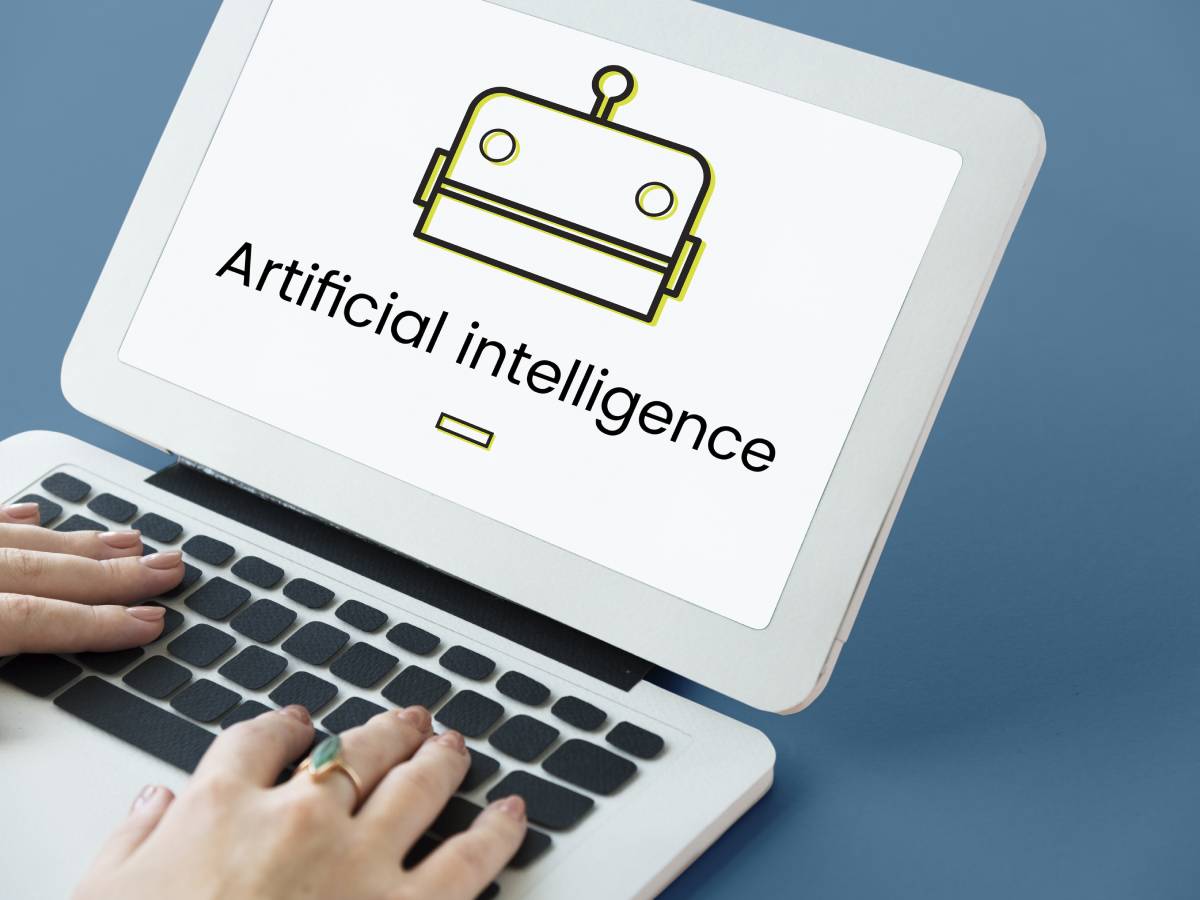An ad’s “creative impact” used to be too subjective to measure. Creative effectiveness and its impact on ads used to be too subjective to measure. But modern Artificial Intelligence solutions -AI- now allow us to analyze the creativity of brands effectively. [Insert local spokesperson] from Meta explores how AI tools can help marketers develop more successful advertising strategies through insights into creative effectiveness.
Did you know that the creativity of an ad represents 70% of its success? Or what is more important than execution elements like programming or choice of platform? However, creative efficacy is often overlooked. About 40% of advertisers don’t even measure it. This is because it is subjective and, therefore, difficult to quantify. Is it not like this? It is not like this.
Traditionally, creative feedback has been measured through post-campaign focus groups or surveys, making the data unreliable. However, current AI (Artificial Intelligence) solutions can analyze the creative impact of an ad much more effectively and are becoming more accessible to marketers.
Among others, tools from Meta, CreativeX, and Spiral are optimizing campaigns’ creative prowess and advancing creative workflows with AI, resulting in more sales. They help marketers measure campaign performance and brand awareness and take the guesswork out future advertising strategies. Plus, automating routine creative tasks with AI allows you to focus on long-term campaign health and ensure ad budgets go further.
Table of Contents
Creative Artificial Intelligence: The Meeting Between Art And (Data) Science
Leading marketers are already using AI to maximize the potential of their advertising by simplifying the creative process. It does this by helping to produce new creative assets and adjusting existing ones to scale. Automated software can translate content into multiple languages, crop images to better frame topics, and generate image descriptions to make visual assets more accessible. This allows for discovering new artistic heights and reinterpreting the way of transmitting messages through the media.
But that is not all. AI can now play an even more significant role within the advertising lifecycle, helping marketing teams plan and optimize content like never before. AI tools can help develop more effective advertising strategies based on audience interaction data. This continued focus on ad optimization is the future of marketing and will help brands lead with content people love.
How Can AI Measure Creative Efficacy?
Performance Prediction
Measuring creative effectiveness starts with Illumination, which provides initial insight into a campaign’s creative effectiveness and builds a model to predict future performance. The results can help a brand figure out its next big campaign idea and guide the later stages of the creative process.
How does it work? Illumination’s algorithms analyze anonymous, aggregated historical data on consumer behavior and identify which creative elements are most common in a brand’s top-performing ads.
The result is a framework that helps compare different advertising approaches and determine which is most effective before the campaign begins. In turn, marketers can generate new creative assets more confidently and effectively exceed audience expectations.
Continuous optimization
AI can also help evolve the creative strategy once the campaign has started. Recent changes in the digital ecosystem have meant that advertisers must adopt a new playbook. By employing a trial-and-error process that optimizes creativity, advertisers can focus on what audiences like rather than who they are, avoiding the privacy issues of targeted advertising.
Performance evaluation using machine learning can highlight the potential of each creative element within a set of existing assets. Automated testing also enables brands to more efficiently experiment with dynamic business outcomes. This means creative teams can keep iterating and developing more effective strategic approaches while campaigns run.
Government of the brand
Balancing variations in brand guidelines across territories can be a challenge for international business marketers. Still, it’s necessary: consistent color palettes and tones of voice help brands feel unified and consistent. Cultivate a consistent public image.
AI tools can also help in this regard. They measure how creative assets and copy align with existing brand guidelines, both across and within brands, and identify areas for improvement, ensuring that public-facing communications are thoughtful and consistent.
Brands That Benefit From AI
We can already take inspiration and look at many examples of brands currently benefiting from AI when measuring their creative effectiveness. This is the case with Heineken. As a leading beer brand, the firm needed a way to assess its creative effectiveness across its more than 300 sub-brands. By partnering with Meta and CreativeX, a creative analytics company, Heineken uncovered new insights into its creative efficacy and strategic potential. “The creative elements we measure are critical to driving effectiveness in the Meta ecosystem without restricting the creative process and flow,” says Sander Bosch, Global Head of Communication Effectiveness BSC at Heineken.
Domino’s Pizza is one of the world’s most recognizable pizza brands, offering infinite topping combinations and crust fillings. When the company wanted to enhance its video creativity using technology and AI, it turned to Spiralble’s creative intelligence suite. The two worked together to create three unique ad variants to test across Facebook and Instagram over four weeks.
The result? Spiral found that while movement contributed to ad effectiveness, moving the Pizza out of the frame did not. Using these new insights in future ads, Domino’s increased its return on ad spend by 20%, click-through rate by 6%, and reduced cost per result by 9%.
Also Read: Metaverse – Dystopian Future Or Virtual Paradise?




